Selling real estate is a complicated process.
Even a relatively small deal can involve mountains of paperwork and a tedious back and forth between buyers and sellers.
And that’s just for one deal. Realtors are often handling multiple deals and properties at once, each at varying stages of the buying process.
Doing so efficiently requires more than sales savvy.
Agents and brokerages rely on systems and tools to keep track of listings and move deals along.
Today, we’re going to look at two tools designed to accelerate your document signing process: DocuSign and dotloop.
Let’s get started.
Key takeaways
- While both companies offer plans specifically for the real estate industry, dotloop’s entire business model is focused entirely toward realtors.
- DocuSign offers a basic signing solution in conjunction with the National Association of Realtors (NAR). For realtors that already have a management system set up and just want a signing solution, DocuSign may be a good fit.
- dotloop provides an end-to-end transaction management solution for realtors. The platform is designed to guide agents, sellers, and buyers through the entire process. It’s more inclusive and focused entirely on one industry.
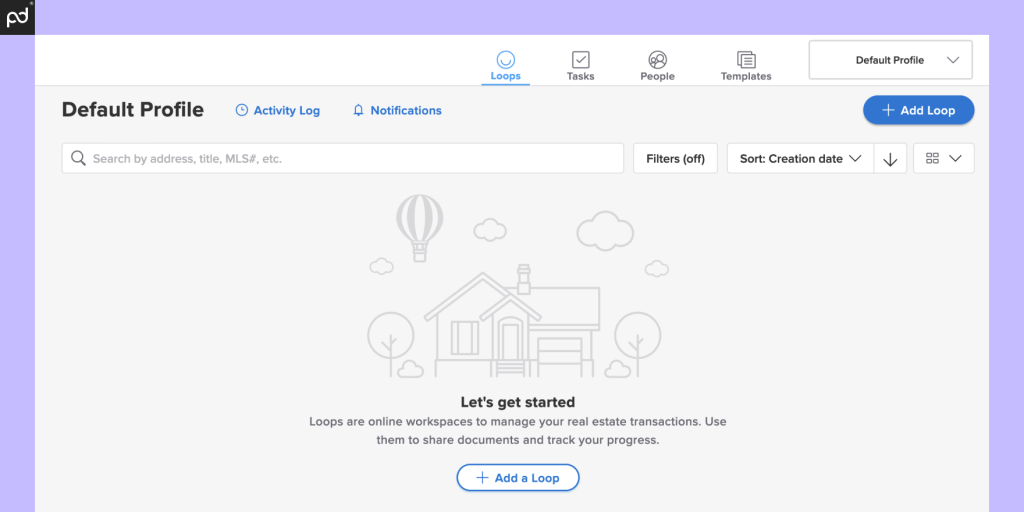
dotloop
Pricing: Premium ($31.99). Pricing based on monthly commitment. Custom pricing available for Teams and Business+ plans.
Ease of use: 8.4/10
Free trial: No; free plan available.
Support options: Email, phone, knowledgebase. Additional options are available at enterprise level.
Historically, dotloop has always been a platform aimed specifically at helping real estate agents accelerate deals and improve customer workflow throughout every stage of the sales process.
The company uses the idea of loops, an online workspace that you can use to interact with clients and other agents using dotloop.
The “goal” is to close the loop by completing the sale, and dotloop, as an end-to-end transaction management software aims to provide all the tools an agent would need to make that happen.
With that in mind, the company offers a document editor, secure storage, exclusive integrations for realtors, and much more.
While it does include electronic signature capture, the platform is somewhat similar to PandaDoc in that e-signing is just a small fraction of what this platform can bring to the table.
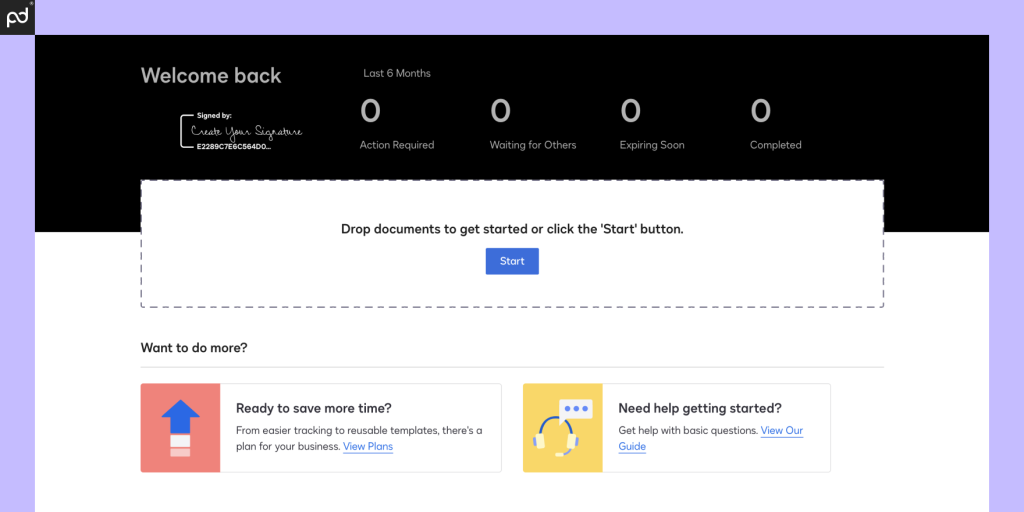
DocuSign
Pricing: Personal ($15); Real Estate ($45). Enterprise pricing is available. All pricing is based on a month-to-month commitment.
Ease of use: 9.0/10
Free trial: Yes; 30 days.
Support: Knowledge base, support tickets; additional support plans sold as separate packages.
DocuSign is a market leader in electronic signatures, despite the huge number of alternatives out there.
The platform is used by businesses around the world to acquire legally binding e-signatures safely and conveniently.
While the company does offer a huge number of additional resources for contract negotiation and lifecycle management, their core product is still their e-signing tools.
Conveniently for realtors, DocuSign offers plans specifically for agents who need to sign deals.
These plans are somewhat different from the mainstream plans (not by much), and are primarily centered around integrations with zipForm and specialized form usage.
dotloop vs DocuSign at a glance
Now that we’ve covered the basics, let’s take a look at the standard-level plans that both dotloop and DocuSign will offer.
| Plan Details | DocuSign | dotloop |
|---|---|---|
| Plan Name | Real Estate | Premium |
| Core product | ||
| E-signature capture | ✔︎ | ✔︎ |
| Real-time audit trail | ✔︎ | ✔︎ |
| Notifications | ✔︎ | ✔︎ |
| Language support | ✔︎ | ✕ |
| Mobile app | ✔︎ | ✔︎ |
| Reporting tools | ✔︎ | ✔︎ |
| E-signing features | ||
| Signing order | ✔︎ | ✕ |
| Send to multiple recipients | ✔︎ | ✔︎ |
| Bulk send | ✕ | ✕ |
| In-person signing | ✔︎ | ✔︎ |
| Collaboration tools | ✔︎ | ✔︎ |
| Signer attachments | ✕ | ✕ |
| Payment gateway | ✕ | ✕ |
| Document prep | ||
| Drag & drop fields (PDF) | ✔︎ | ✔︎ |
| Create reusable templates | ✔︎ | ✔︎ |
| From-scratch document builder | ✕ | ✔︎ |
| Pre-built template library | ✕ | ✕ |
| Form creation | ✕ | Limited |
| Custom branding | ✔︎ | ✔︎ |
| Integrations & API | ||
| Import & storage | ✔︎ | ✔︎ |
| CRM | ✕ | Limited |
| Productivity | ✔︎ | ✔︎ |
| API | 💲 | ✕ |
| Support | ||
| Email / ticketing support | ✔︎ | ✔︎ |
| Chat support | ✕ | ✕ |
| Knowledge base | ✔︎ | ✔︎ |
| Phone | ✕ | ✔︎ |
| Premium support options | 💲 | ✕ |
Keep in mind that both companies offer more advanced plans than what we’re discussing here.
Many of these plans are based around custom pricing and are designed for teams, brokerages, and organizations functioning at an enterprise level.
The pricing evolves significantly with DocuSign, because the Real Estate plan (listed above) is the most expensive real estate-focused plan on offer.
More advanced plans are available via the standard DocuSign offering.
However, while those plans come with more tools, they’re also more generic and some of the above-listed features may be limited or entirely removed.
With dotloop, the advanced plans offer features that would be more useful to teams rather than solo agents.
Features like custom branding, multi-office compliance, and a dedicated success manager are available — for a cost.
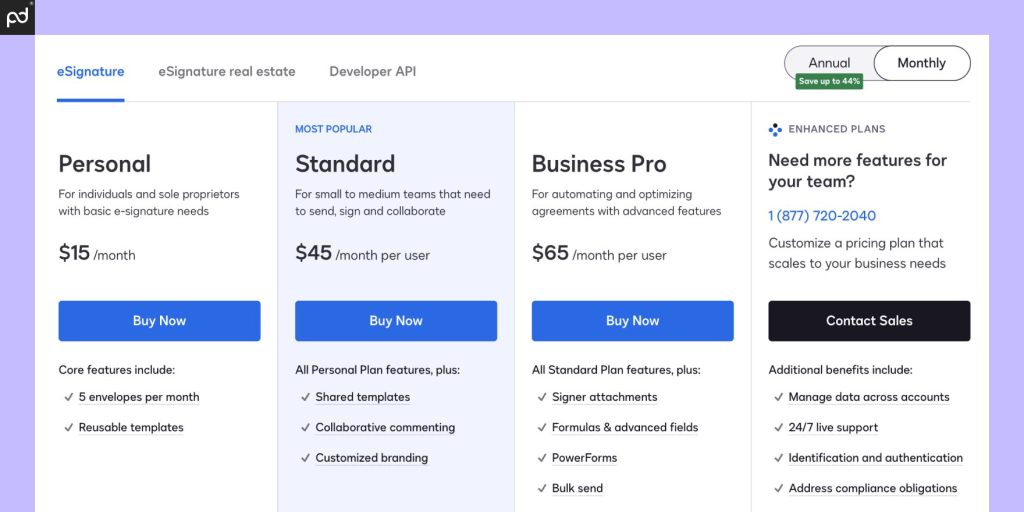
Plans and basic features
Depending on your needs and your perspective, the comparison between dotloop and DocuSign may not seem fair.
In many ways, we’d have to agree.
The scope of what the dotloop platform is designed to do far exceeds DocuSign, especially if you’re factoring in cost.
With DocuSign, you’ll have access to basic signing tools, including the ability to add signing fields and simple markups to your platform using drag-and-drop tools.
DocuSign will help you secure legally binding e-signatures for real estate transactions and offers the ability to create forms to help with that process.
It’s also worth noting that DocuSign is partnered with the National Association of Realtors (NAR), and some of the agent plans to offer exclusive NAR branding on emails and web pages.
If you’re a NAR member and those things matter, DocuSign might have a slight edge in terms of branding and appearance.
At the same time, it’s impossible to ignore the scope of what dotloop is offering at a rate that is more cost-effective than most DocuSign plans.
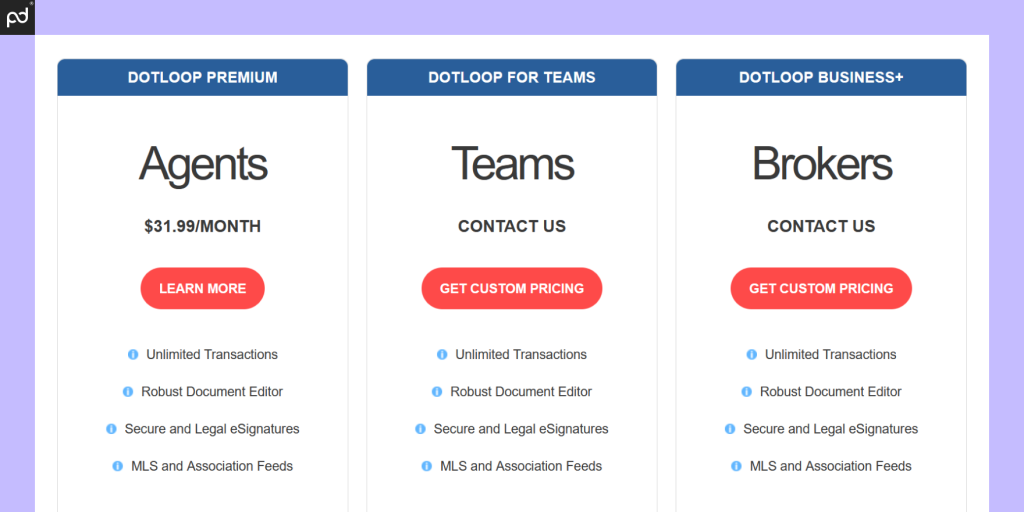
The platform is equipped with end-to-end transaction management tools and support.
Realtors can start and end their deals with dotloop.
Document management tools, including a document editor (similar to what you’d see in PandaDoc) is available, as are connections to almost 200 MLS and realtor association feeds so that your contracts can be connected to larger databases.
Many of the tools on the dotloop platform can help to reduce workloads and ensure that processes are more efficient.
For agents without a pre-established process in place from a team or brokerage, dotloop is a powerful option.
Our suggestion
Though dotloop is a powerful platform for the right user, the use and functionality of the tools will come down to whether or not you can adapt its workflow to your own systems.
If the concept of using the workspace doesn’t connect with how your brokerage operates, for example, then most of the benefits to using dotloop won’t matter to you.
By comparison, DocuSign feels very limited in scope.
If you just need an e-signing platform, it can get the job done … but you’ll have to handle almost everything else — document management, versioning, collaboration, etc. — through other means if DocuSign’s tools aren’t sufficient for your needs.
In many ways, this places dotloop in a position similar to PandaDoc.
Both platforms offer a huge selection of tools for document creation and management that go far beyond simple e-signing.
Final verdict:
- DocuSign is a great option for realtors who already have (or are locked into) a specific system and workflow.
- dotloop makes the most sense for agents and teams who can switch entirely into the platform to take advantage of everything it offers.
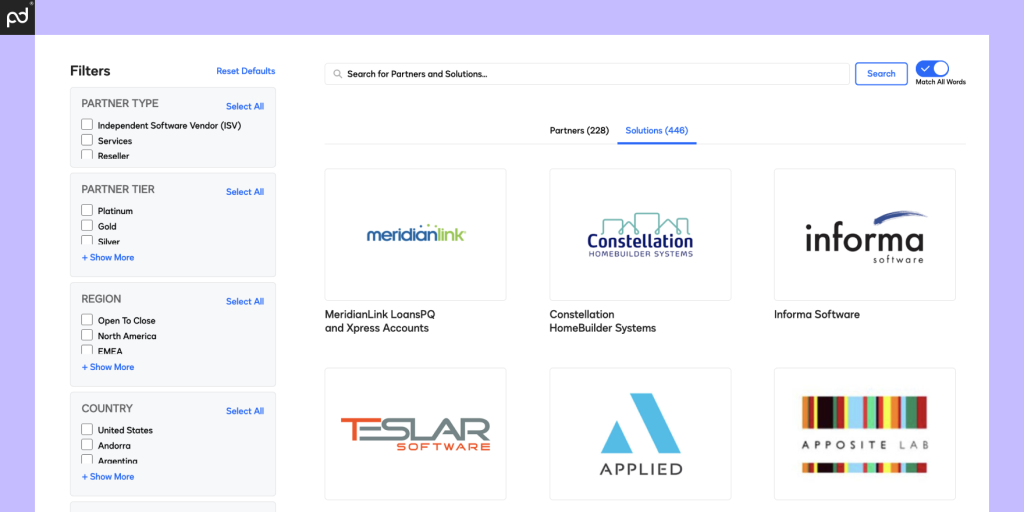
Integrations
Specifically for realtors, integrations can play a critical role in establishing a solid workflow.
However, for many agents and brokers, essential services like accounting, marketing, and CRM tools are completely separate from the e-signing platform.
By itself, this isn’t a dealbreaker.
All it really means is that you’ll spend more time sending, downloading, and filing your signed documents in the appropriate locations. While less efficient, it can be done.
If you’re looking to streamline this workflow, both DocuSign and dotloop offer a variety of integration options, but those options are vastly different.
Overall, DocuSign offers a greater selection of integrations (400+ total integrations) compared to dotloop.
You’ll find integrations for classic CRMs like Salesforce as well as connections for accounting software like Xero or Intuit.
Despite the variety, there are a few downsides to the DocuSign approach.
Most integrations are locked behind the Enterprise plan, meaning that you won’t have access to them unless you pay enterprise-level pricing.
For solo agents and small teams, those costs might be a nonstarter.
On top of that, while DocuSign does offer a huge selection of integrations, very few of those options may be relevant for the software you actually use.
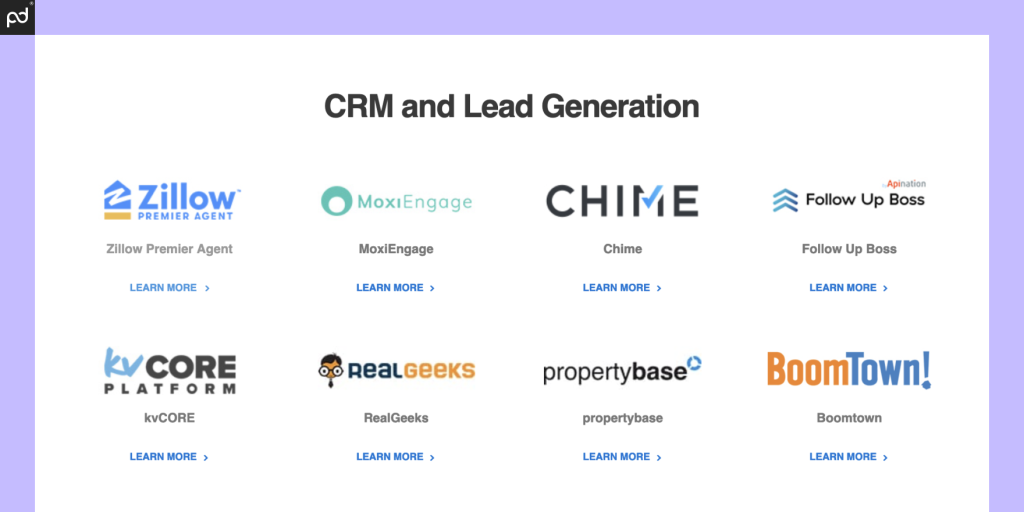
By contrast, dotloop takes a more focused approach.
You won’t see as much variety inside of dotloop — certainly not 400+ integrations — but what the platform offers is heavily focused on its customer base.
The dotloop platform connects to CRMs like Zillow, Zurple and Wise Agent, as well as accounting software like QuickBooks, Loft47, and iBroker.
You’ll even find franchise integrations with EXIT Realty, Realty Executives, Keller Williams, and ERA Leverage.
Plus, all of these integrations are accessible on the lowest tier plan, so you won’t have to worry as much about costs.
Our suggestion
You’ve probably heard it said that variety is the spice of life. In this case, the variety of solutions that DocuSign offers may be too much of a good thing.
Even though dotloop doesn’t offer as much in the way of connectivity when compared to the standard product, the platform has hyper-focused its integration directly to its user selection.
In other words: If you’re working in real estate, dotloop wants you to notice.
If you’re in another field, nothing that the company offers will matter all that much to you.
While that might seem obvious, it’s also very telling.
DocuSign is a platform built for all markets and all customers.
But, even with their specialized real estate plans, they lack the specificity and customer focus that you’ll see inside of dotloop.
For agents, especially those looking to streamline their digital document workflow, that matters.
If you’re looking for something of a middle ground, PandaDoc may be a good option.
Final verdict:
- DocuSign offers a wider selection of integrations compared to dotloop, but they come at a higher cost and lack a specific market niche or focus.
- dotloop provides a more focused integration set for real estate agents, particularly those who want to integrate their signing process with the rest of their document workflow.
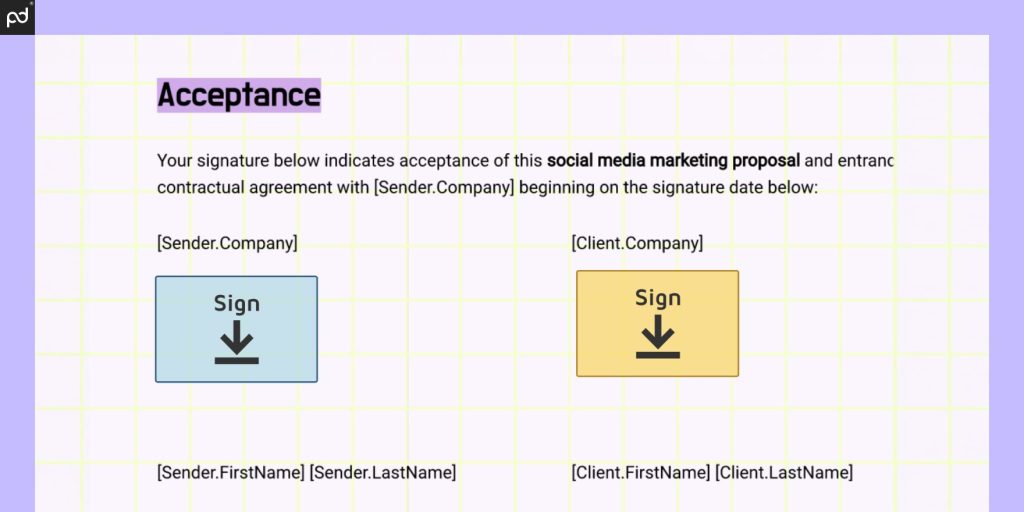
The e-signing process
One of the key differences between DocuSign and dotloop comes down to the actual document workflow and signing process.
It’s important to note that dotloop wants to come into this process much, much earlier than DocuSign.
The platform is intended to be your go-to platform for the entire real estate process — from start to finish.
The entire concept of a “loop” in dotloop’s designation for this process.
Agents create a loop, add their buyers to that loop and then bring the seller and the seller’s agent into that loop to collaborate on, and eventually sign, an acceptable version of their real estate contract.
With dotloop, the e-signing process is a natural part of the document lifecycle.
By the time users reach that stage, they’ll be familiar with the dotloop platform.
Signing is simply another step toward closing the deal.
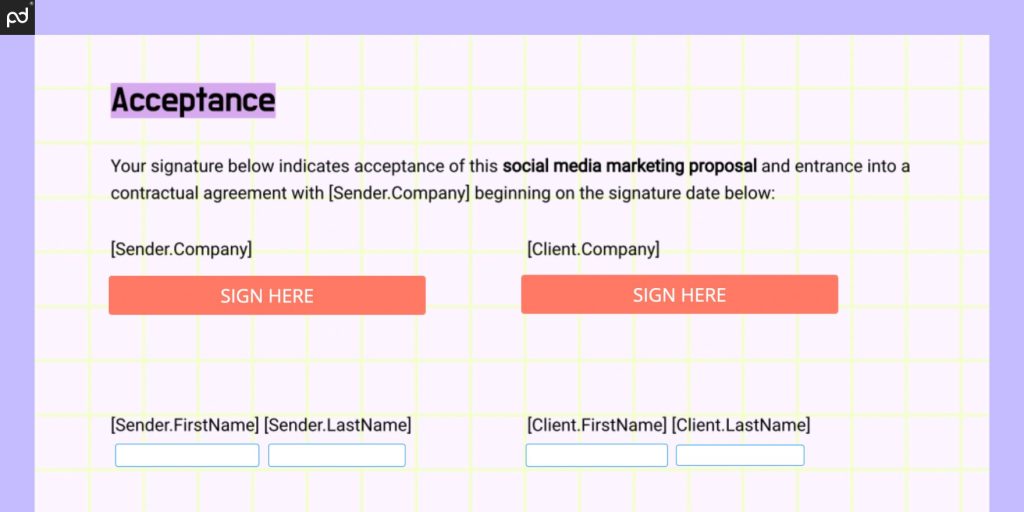
DocuSign is designed to come in at the point of signing.
Contracts need to be constructed offline — usually in Microsoft Word or Google Docs — then uploaded to DocuSign to initiate the signing process.
If there are issues with the contract, or if additional negotiations need to take place, most of that will happen outside the DocuSign platform.
Using dotloop doesn’t mean that you need to create documents entirely from scratch.
As with PandaDoc, you can upload a template or a prebuilt document and modify it within the onboard document editor.
However, you’ll have more flexibility due to the editing and formatting tools that dotloop brings to the table.
Our suggestion
At PandaDoc, we’re a big fan of end-to-end document creation.
While you’ll find that we aren’t as focused on the real estate industry as dotloop would be, the platform is similar in that it offers an expanded scope where document creation is concerned.
DocuSign is more narrowly focused, from a functional perspective.
It makes sense for individuals who just don’t need all the extra bells and whistles that platforms like PandaDoc and dotloop provide.
However, for the cost, you’ll get more for your money even if dotloop is a little more expensive.
Final verdict:
- With dotloop, the e-signing process is part of the negotiation process because the platform wants to offer a full-scope document workflow.
- DocuSign offers e-signing in a much narrower scope, meaning that its functionality will feel limited for users who want a more robust or end-to-end document solution.
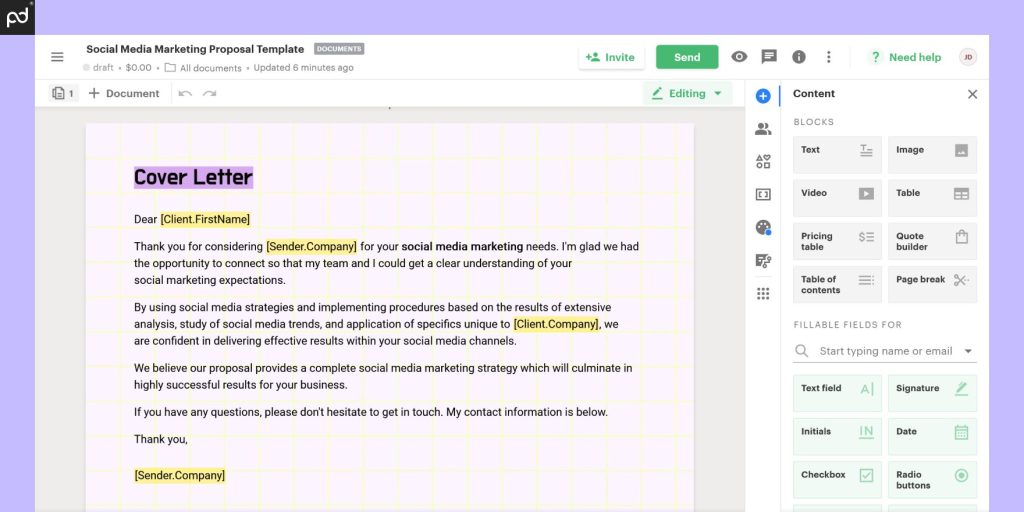
Better proposal design with PandaDoc
And there you have it!
We hope you’ve found our DocuSign vs dotloop comparison useful.
Both serve the real estate industry well at varying levels.
However, even dotloop may not be a great fit if you’re looking for the ability to build your own content.
Most real estate contracts, marketing materials, forms, addendums, and everything else need to be created through another channel and uploaded to the dotloop environment for prep and signature.
With PandaDoc, you can create documents completely from scratch and prepare everything as you go.
While PandaDoc isn’t a highly specialized real estate tool, our platform can handle all the paperwork that accompanies a home sale with ease.
Disclaimer
PandaDoc is not a law firm, or a substitute for an attorney or law firm. This page is not intended to and does not provide legal advice. Should you have legal questions on the validity of e-signatures or digital signatures and the enforceability thereof, please consult with an attorney or law firm. Use of PandaDocs services are governed by our Terms of Use and Privacy Policy.
Originally published June 23, 2020, updated March 21, 2024


